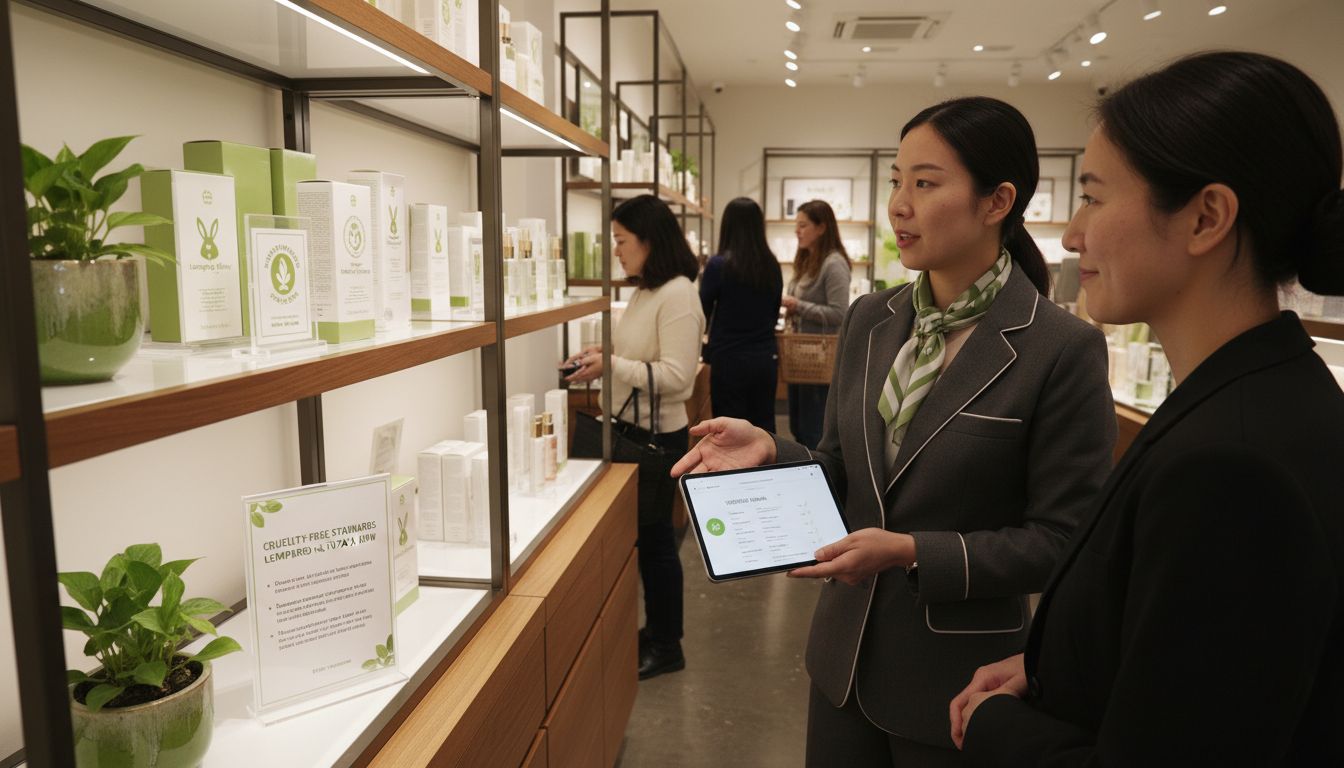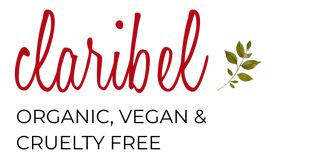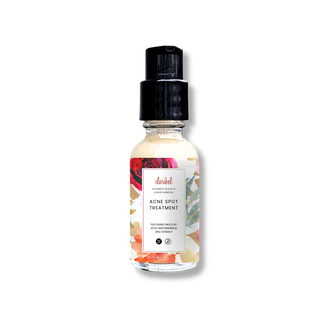More than two thirds of shoppers believe ‘cruelty free’ guarantees no animal testing, but that label often hides a more complicated story. With no official legal definition in place, brands can interpret cruelty free in ways that may surprise even careful consumers. Understanding what really stands behind a cruelty free claim helps you make choices that truly reflect your values and avoid being misled by vague marketing language.
Table of Contents
- What Does Cruelty Free Really Mean?
- Types Of Cruelty Free Standards And Labels
- How Ethical Testing Practices Are Established
- Cruelty Free Laws And Regulatory Practices in the US
- Risks Of Non-Cruelty Free Products
- Choosing Cruelty Free: Key Consumer Benefits
Key Takeaways
| Point | Details |
|---|---|
| Understanding ‘Cruelty Free’ | The term lacks a legal definition, and does not guarantee products are free of animal-derived ingredients. |
| Certification Matters | Look for verified cruelty-free logos like Leaping Bunny to ensure ethical practices. |
| State Regulations Are Evolving | Several U.S. states are banning cosmetics tested on animals, reflecting shifting consumer demand. |
| Consumer Impact | Choosing cruelty-free products promotes animal welfare and supports innovation in alternative testing methods. |
What Does Cruelty Free Really Mean?
When you hear the term cruelty free, it might sound straightforward, but the reality is far more nuanced. According to humaneworld, cruelty-free refers to products and ingredients that have not been tested on animals. However, there’s a critical caveat: this term lacks a legal definition, which can create significant confusion for consumers.
The complexity deepens when you understand that cruelty-free does not automatically mean vegan. These products may still contain animal-derived ingredients, even if no animal testing was involved in their development. As prime.peta.org explains, some companies might claim to be cruelty-free while still allowing animal testing when legally required in certain markets.
To truly understand what cruelty-free means, consider these key characteristics:
- No animal testing during any stage of product development
- No commissioned animal tests by the company or its suppliers
- No animal testing conducted in countries where it might be legally mandated
- Potential presence of animal-derived ingredients
For conscientious consumers, this means doing more than just reading marketing labels. You’ll want to look for certified cruelty-free logos from reputable organizations like Leaping Bunny or PETA, which offer more stringent verification of a company’s animal welfare practices. Check out our comprehensive guide on cruelty-free beauty to dive deeper into making ethical skincare choices.
Ultimately, being cruelty-free is about making compassionate choices that respect animal welfare while maintaining high-quality product standards. It’s a commitment to beauty that doesn’t come at the cost of animal suffering.
Types Of Cruelty Free Standards And Labels
Cruelty-free certifications are complex, with multiple organizations establishing their own rigorous standards. According to humaneworld, several key certification programs exist to help consumers identify truly ethical products.
The Leaping Bunny program, managed by Cruelty Free International, stands out as one of the most recognized certifications. According to en.wikipedia.org, they also implement the Fixed Cut-Off Date (FCOD) Animal Testing Policy, which commits companies to not using ingredients tested on animals after a specific benchmark date.
Key Cruelty-Free Certification Standards Include:
- Leaping Bunny: Requires comprehensive no-animal-testing verification
- PETA’s Beauty Without Bunnies: Offers different verification levels
- Choose Cruelty Free: Australian-based certification program
- Certified Humane: Focuses on broader animal welfare standards
Understanding these labels requires careful examination. Some certifications are more stringent than others, with varying levels of verification and commitment. Learn more about the transformative benefits of cruelty-free products to make informed purchasing decisions.
When shopping, look beyond marketing claims. A genuine certification logo means the entire production process has been independently assessed, ensuring no animals were harmed in creating your favorite beauty and personal care products.

How Ethical Testing Practices Are Established
The journey towards ethical testing practices has been a complex and evolving process. According to en.wikipedia.org, the scientific community has developed a groundbreaking framework known as the ‘Three Rs’ principle: Replacement, Reduction, and Refinement. This innovative approach aims to fundamentally transform how research and product testing are conducted, minimizing animal suffering while maintaining scientific integrity.
Replacement involves developing and adopting alternative testing methods that completely eliminate the need for animal subjects. Research from en.wikipedia.org highlights remarkable technological advancements in this area, including sophisticated alternatives like:
- In vitro tests using human tissue cultures
- Advanced computer-based simulation models
- Synthetic skin and organ replicas
- Sophisticated molecular and cellular testing techniques
The Reduction principle focuses on minimizing the number of animals used in any scientific testing, ensuring that when animals are involved, their numbers are kept to an absolute minimum. Meanwhile, Refinement concentrates on improving experimental procedures to reduce potential pain, stress, or discomfort for any animals that might still be part of research processes.
Explore the transformative benefits of cruelty-free approaches and understand how modern science is creating more compassionate, effective testing methodologies. These emerging techniques not only protect animal welfare but often provide more precise, reliable results than traditional animal testing methods.
Cruelty Free Laws And Regulatory Practices in the US
Animal testing regulations in the United States present a complex and evolving landscape. According to en.wikipedia.org, as of 2025, there is no federal ban on animal testing for cosmetics. However, a significant shift is occurring at the state level, with progressive states like California and New York taking decisive steps to prohibit the sale of cosmetics tested on animals.
The regulatory environment is further nuanced by the Fixed Cut-Off Date (FCOD) Animal Testing Policy. Research from en.wikipedia.org highlights this important standard, which commits companies to avoid using ingredients tested on animals after a specific benchmark date. This policy aligns closely with rigorous certification standards like the Leaping Bunny program.
Key Regulatory Developments in Cruelty-Free Practices:
- State-level bans in progressive states
- Growing consumer demand for ethical products
- Increasing adoption of alternative testing methods
- Voluntary corporate commitments to animal welfare
Learn more about the principles of clean beauty to understand how regulatory practices are shaping the future of cosmetic and personal care industries. While federal legislation remains pending, consumer awareness and state-level initiatives are driving meaningful change in animal testing practices across the United States.
Risks Of Non-Cruelty Free Products
Non-cruelty-free products pose significant ethical and potential health risks that extend far beyond simple consumer choices. According to en.wikipedia.org, animal testing not only causes immense suffering to animals but may also fail to accurately predict human reactions, creating potential safety concerns for consumers.
Research from humaneworld.org reveals the profound implications of traditional product testing methods. The risks associated with non-cruelty-free products can be categorized into several critical areas:
- Ethical Suffering: Extreme pain and distress caused to test animals
- Unreliable Testing: Inaccurate safety predictions for human use
- Limited Scientific Validity: Outdated research methodologies
- Potential Health Uncertainties: Incomplete understanding of product interactions
The scientific community increasingly recognizes that modern alternatives provide more reliable, humane testing approaches. Learn more about the benefits of cruelty-free skin care products to understand how choosing ethical products protects both animals and human consumers. By supporting cruelty-free brands, you’re not just making a compassionate choice, but also driving innovation towards more advanced, scientifically rigorous testing methods that benefit everyone.

Choosing Cruelty Free: Key Consumer Benefits
Consumer choices have profound implications beyond personal preference. According to humaneworld.org, opting for cruelty-free products allows individuals to align their purchases with ethical values while simultaneously promoting animal welfare and encouraging more humane industry practices.
Research from crueltyfree.us highlights how conscious consumer decisions can drive meaningful change. By selecting cruelty-free products, you’re not just making a personal statement, but actively participating in a broader movement toward more ethical and innovative product development.
Key Benefits of Choosing Cruelty-Free Products:
- Ethical Impact: Direct support for animal welfare
- Innovation Catalyst: Encourages development of alternative testing methods
- Personal Integrity: Aligning purchases with moral values
- Health Consciousness: Supporting more advanced, humane research techniques
Discover the transformative benefits of cruelty-free vegan skin care and understand how your purchasing decisions can create positive change. Every cruelty-free product you choose is a vote for compassion, scientific innovation, and a more ethical future in consumer products.
Choose Compassion Without Compromise for Your Skin
The article highlights a common challenge for conscious consumers like you who want to avoid animal testing but might be unsure if products truly meet cruelty-free standards. You want clean, effective skincare that respects ethical values and delivers results without fillers or toxic chemicals. Finding trustworthy cruelty-free options that combine powerful actives with genuine commitments can feel overwhelming.
Our collection offers a compassionate solution with fully vegan and cruelty-free products designed for real skin concerns. Whether you battle excess shine in our Oily collection or need antioxidants from the best sources in our Vitamin C Benefits for Skin collection, you can be confident every formula aligns with cruelty-free principles described in the article.

Make the switch today and enjoy the peace of mind that comes from supporting brands dedicated to ethical testing and superior skin health. Start exploring our full line of vegan cruelty-free skincare now with free US shipping and no harmful ingredients. Choose kindness for your skin and the animals behind your beauty routine.
Frequently Asked Questions
What does it mean for a product to be cruelty-free?
Cruelty-free means that a product and its ingredients have not been tested on animals, although it does not have a legal definition, which can lead to confusion.
How can I identify truly cruelty-free products?
Look for certified cruelty-free logos from reputable organizations like Leaping Bunny or PETA, which indicate that the product was independently verified as not involving animal testing.
Is cruelty-free the same as vegan?
No, cruelty-free products may still contain animal-derived ingredients, while vegan products do not include any animal products at all.
What are the risks associated with non-cruelty-free products?
Non-cruelty-free products can cause ethical suffering to test animals, and traditional testing methods may lead to unreliable safety predictions for human use, resulting in potential health uncertainties.



